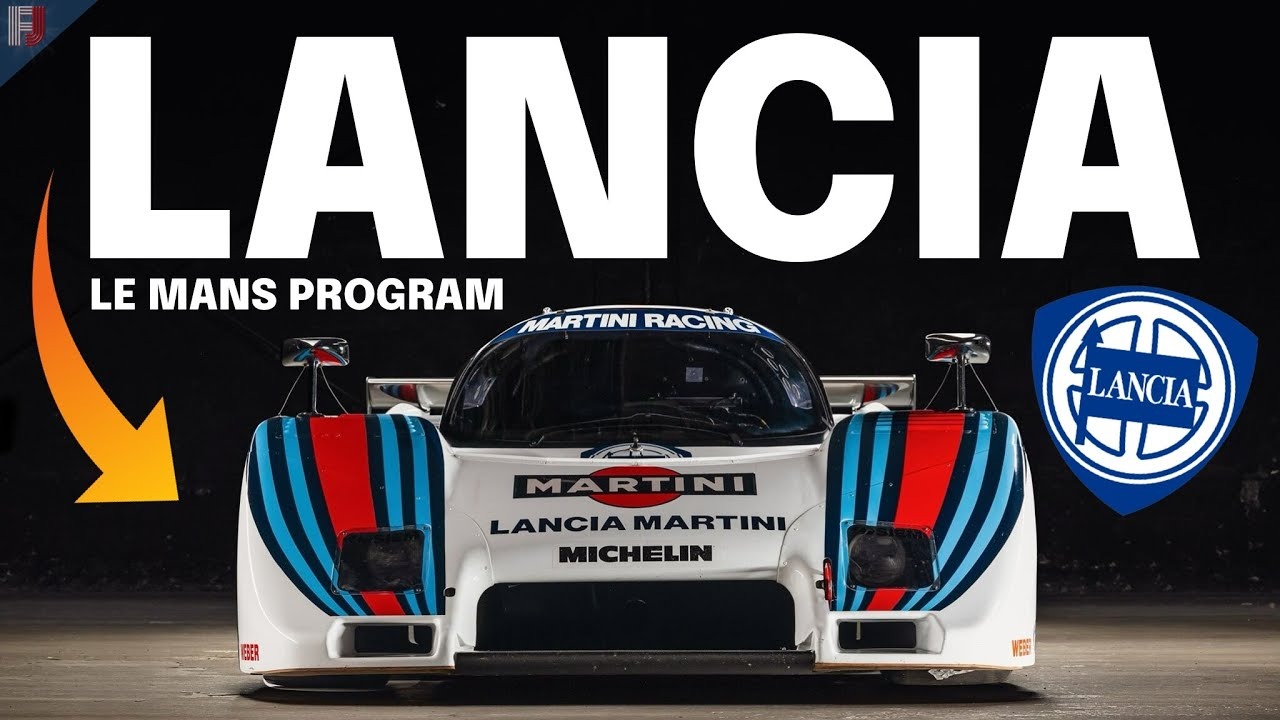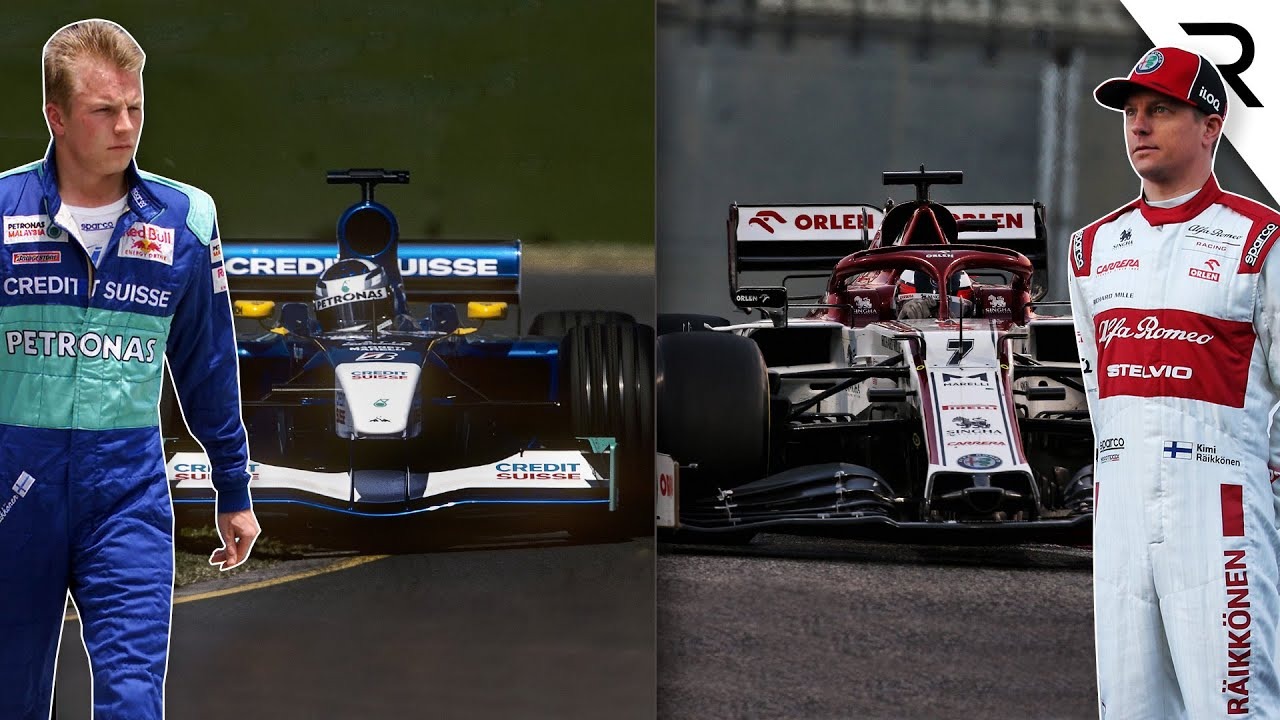Before we discuss the 15 strangest cars made in the world, we remember the saying that the arts are crazy and the designers are very crazy. Necessity is the mother of invention. In many films, the director needs to build a strange and crazy car, and in the end, he gets what he wants and wants to reflect in his film.
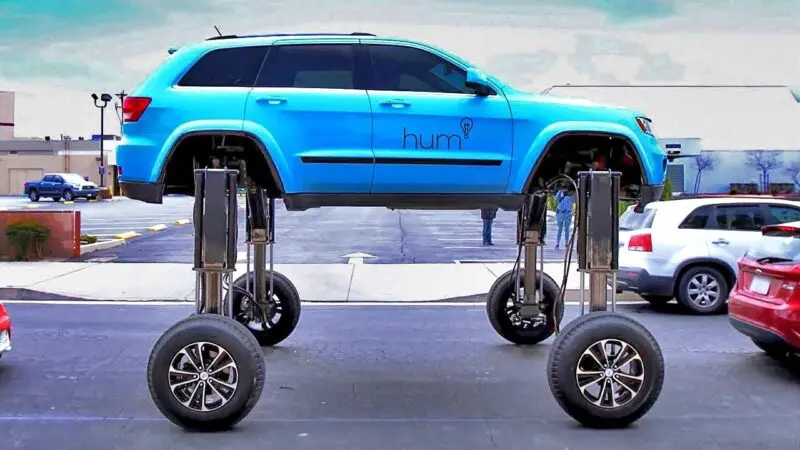
The truth is that madness in the world of cars has no limits, and behind every crazy model of cars that we will get to know now we will find a crazy personality, and a crazier dream, but the most prominent thing behind these models of exotic cars is the passion and determination to work no matter how long it takes. In the list of the 15 strangest cars in the world The world who has been trying for nearly twenty years to achieve his dream of his car, let us dive into that list that I have compiled for you of the most bizarre and craziest cars
Banana car
Are you ready to ride a banana, there are others ready for that, the American Steve Braithwaite re-designed the Ford car to become the “biggest banana-shaped car” using parts for the Ford F-150 pickup, but despite his success in designing it and heading on a long trip to the Texas, a policeman stopped him and revoked his driver’s license.
Video: The ‘Big Banana Car’ returns to Kalamazoo after cross-country tour
Steve was walking slowly in his new bananamobile, but he was surprised by the look of the car, and since it was a non-licensable car, he gave him his license wrapped in a $20 fine bill, unwittingly giving him legal status to ride a banana on American streets.
To become one of the 15 strangest cars in the world.
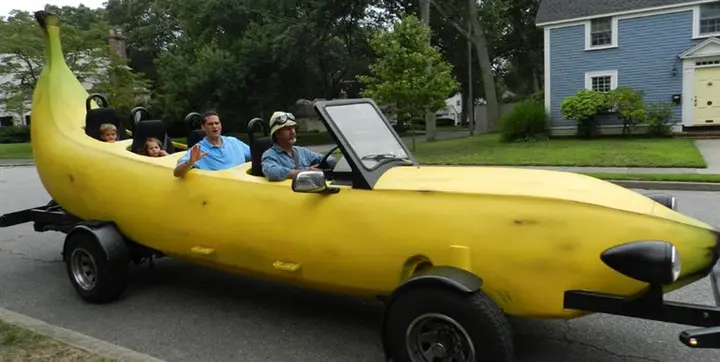
Designed to grab attention, Steve designed his 1993 Ford F-150 4×4 with the help of the Mutant Brothers studio, and was made to look like a giant banana.

It is reported that there is no law authorizing the existence of such cars and there is no official recognition of them, Steve’s license is for a Ford car, but the interesting thing is that the $20 fine bill makes it a legally recognized car now.
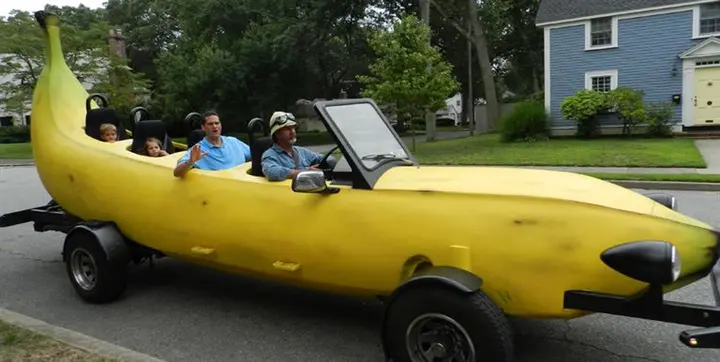
It took about two years to convert the car into a banana and cost $25,000 at the prices of the nineties, and used reinforced steel bars, with sculpted polyurethane foam covered with fiberglass, and Steve entered the Guinness Book of Records with his banana car, which is approximately 23 feet long, under the classification of “Longest Banana Car”. customized in the world”.
BMW aceta bubble car
We will travel to the 1950s to learn about the BMW aceta, which was described in the last century as the car of the future, and was known as the bubble, and was bought by BMW from the ISO company in the mid-fifties, and designed by the Italian Isetta, and it was a micro-microcar built under license in a number of different countries, and due to its shape The oval, with its bubble-like windows, became known as the Bubble, a name also given to other similar cars.
Built by the Italian company Iso SpA. that made refrigerators, motorcycles, and three-wheeled pickup trucks. Then Renzo Revolta, the owner of the company, decided to build a small car. By 1952, a small car was using a motorcycle engine called the Isetta. It was led by the Crown Prince of Dubai. As the following picture shows.
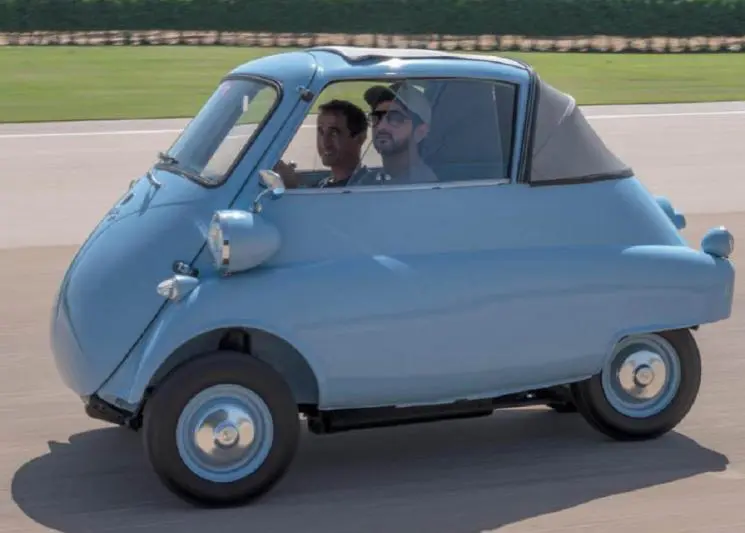
The Isetta caused quite a stir when it was introduced in Turin in November 1953. It was like nothing seen before. They are small, 2.29 m long, 1.37 m wide, and egg-shaped, with bubble windows, and in the event of an accident, the driver and passenger can exit through the fabric sunroof, which is also used for ventilation. The front door to enter the car was attached to the steering wheel and the instrument cluster.
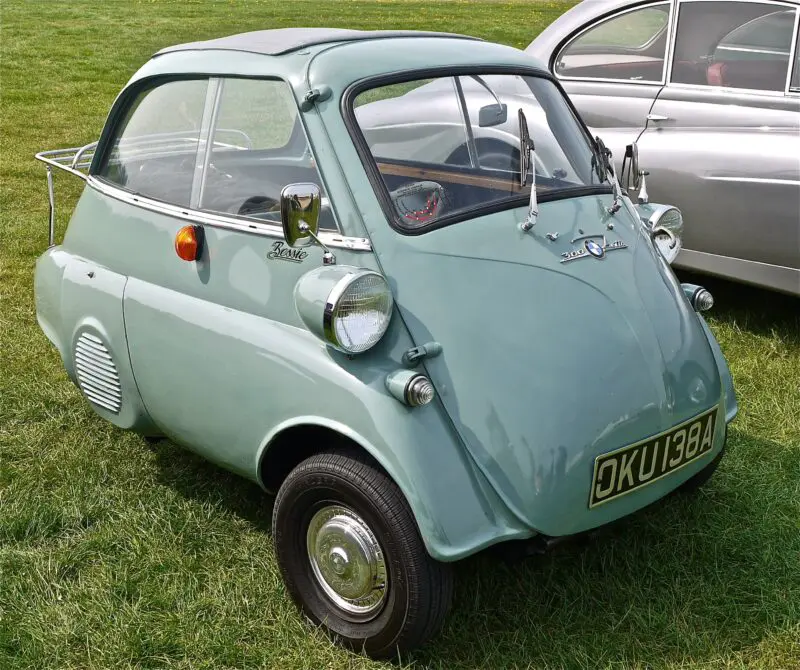
The strangest bubble car among the world’s cars has a 9.5-horsepower engine, with a four-speed gearbox, forward and reverse, and the gearbox is linked to a solid rear axle with a pair of rear wheels closely spaced 25 cm, and the prototypes had one wheel in aft, which made the car prone to rollover, so the rear wheel layout was changed to two wheels 48 cm (19 in) apart.
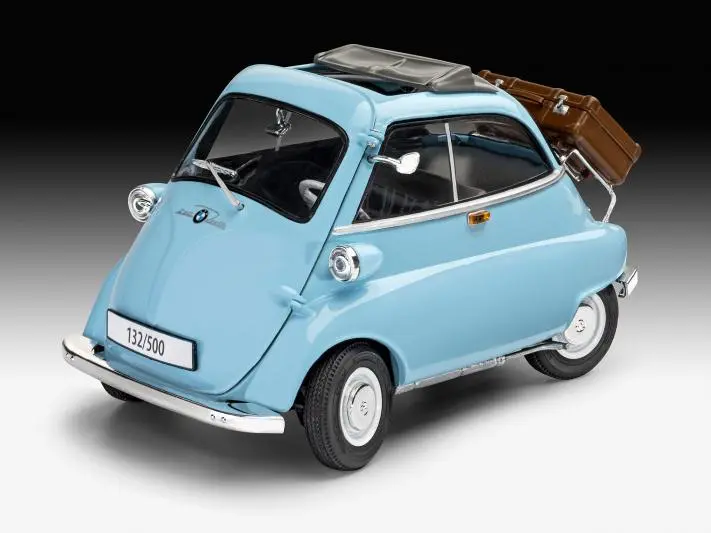
Don’t be fooled by its tuktuk-like shape, this Isetta bubble takes more than 30 seconds to reach 50 km/h (31 mph) from rest. The top speed was about 75 km/h (47 mph). The fuel tank capacity was only 13 liters, and the Isetta only consumes 5.6 liters per 100 km (42 mpg).
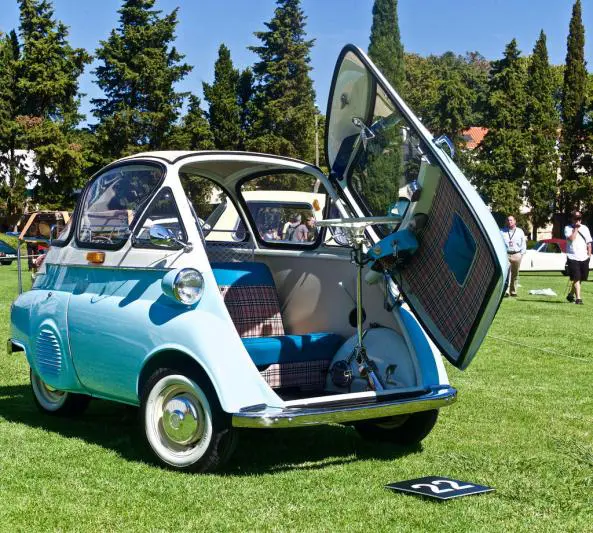
Renzo Revolta wanted to focus on his new sports car, and was interested in licensing deals. in Spain and Belgium. And BMW started talking to the Rivolta in mid-1954 and bought not only a license but also full-body Isetta kits. Revolta is also negotiating licensing deals with companies in France and Brazil. After BMW made it in the 1960s, it recently made a movie about it as part of its long history.
Also, do not be surprised, as this car was made of 1000 units, and achieved great popularity, but the emergence of the Fiat 500H eliminated it, and BMW negotiated with Revolta in mid-1954 to purchase the right to manufacture it, and also bought Isetta tools, and even negotiated to purchase companies in France and Brazil. About 1,000 units were built, and production ceased in 1955, but Iso continued building the Isetta in Spain until 1958.
Cadillac Rocket CYCLONE XP-74
It is the famous car called the rocket, with a strange shape, and it was designed by Harley Earl, and the Cadillac CYCLONE XP-74 prototype of the year 1959 was more similar to the jet plane more closely to the car, especially the similarity between its fenders and missiles.
This Cadillac concept has two flat-door sliding rear doors, a radar collision-avoidance system, a bubble cover that closes automatically when the sensor detects rain, and masking headlights, while it’s based on a modified version of the V8-capable V8 engine. It produces 325 horsepower. Radars were placed in the front of the car.

Among the radars that Cadillac offered in this concept car are a highway-scanning radar, which electronically warns the driver of objects in its lane, and proximity-sensing radar, which electronically alerts the driver with a beep and warning light if something is in its path.
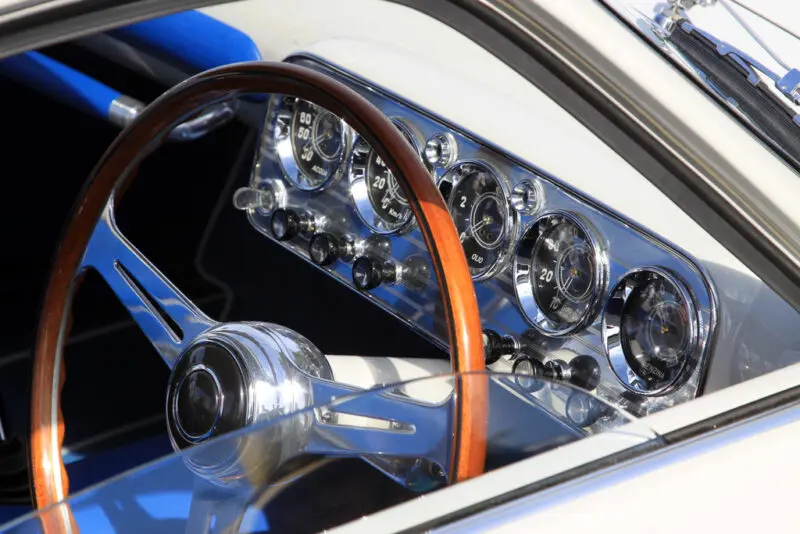
The Cadillac CYCLONE XP-74 is an indication of the United States’ obsession with aircraft design and aerodynamics. In the early 1950s, General Motors introduced the Firebird concepts, which featured bold, exciting designs powered by gasoline turbine engines.
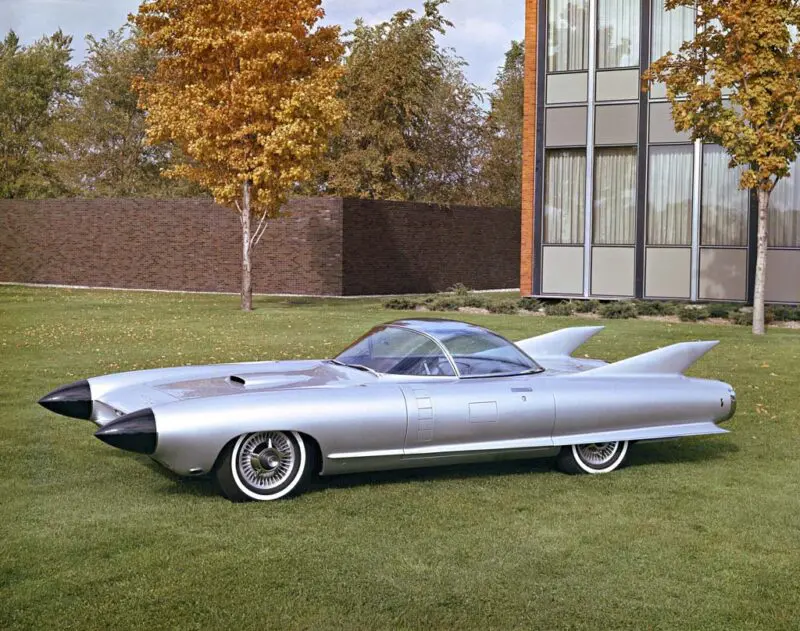
The car came with a strange design, the rear part with large lamps giving the impression of a jet exhaust, with small wings that give it an exotic at the same time, and it is important to know that, at the touch of a button, the doors of the CYCLONE CYCLONE move smoothly outward three inches back For easy entry into the cabin.
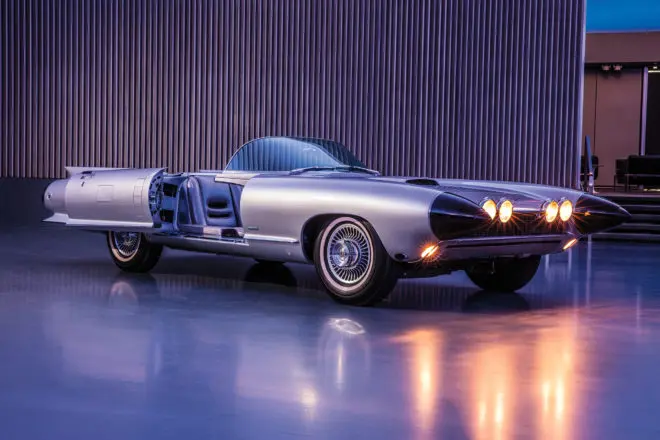
The Cadillac Rocket CYCLONE XP-74 was the last Harley Earl concept car before it went out of business in 1958. But after he retired, Bill Mitchell—the head of design—redesigned it, cutting the car’s fins completely off, the taillights moved to the ends of the fenders, and the headlights changed. The tires were modified with a bubble shape, and the car was later known as the 1964 Cadillac Cyclone XP-74 Concept.
Peel P50 1962
And now in the list of the 15 strangest cars made in the world, it’s time for the Peel P50, a small three-wheeled car originally built from 1962 to 1965 and manufactured by the Peel Engineering Company of the Isle of Man. It was listed in the Guinness Book of Records for 2010 as the smallest production car ever. The original model can’t be reversed, but the handle on it allows you to carry it backwards.
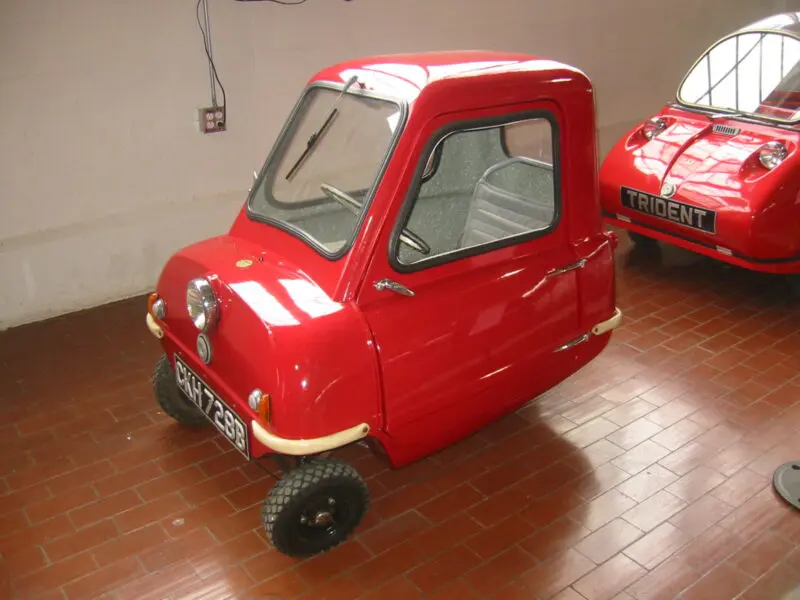
Designed as a city car, advertised in the 1960s, it had a single door on its left side, and equipment included one windshield wiper and one headlight. Its 1963 production was put up for retail for £199 and the company produced 50 copies of the P50, of which only 27 remain, one of which sold for a record $176,000 at a Sotheby’s auction in March 2016.
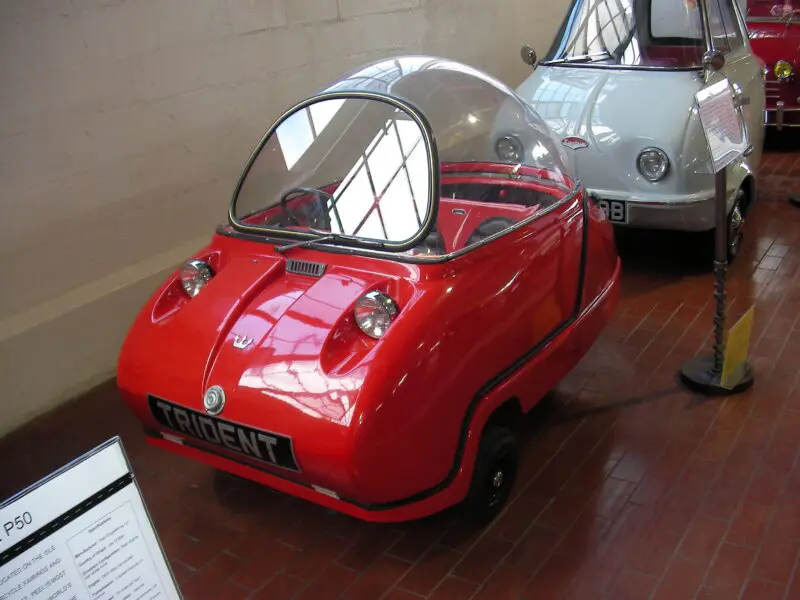
In 2010, Peel Engineering Ltd. in England in remake of the P50 and Trident models. The car is similar to the original model, with the same dimensions and weight as the original car, with mechanical differences in the suspension and steering, and a rear gear for the guides. Gasoline models are produced with a 49 cc four-stroke engine, and models are produced with an electric motor and gelatin electrolyte batteries. The top speed for both cars is around 28 mph (45 km/h).
Amphicar 1961 amphibious car
The Amphicar name is a sign of “amphibian” and “car”, and was known as the Amphicar Model 770, an amphibious vehicle launched at the 1961 New York Auto Show,[2] manufactured in West Germany and marketed from 1961 to 1968. Production ceased In 1965. Designed by Hans Triple, the amphibious car was manufactured by the Quandt Group in the Lübeck region of Berlin Borsigwald, with a total of 3,878 cars manufactured in one generation.
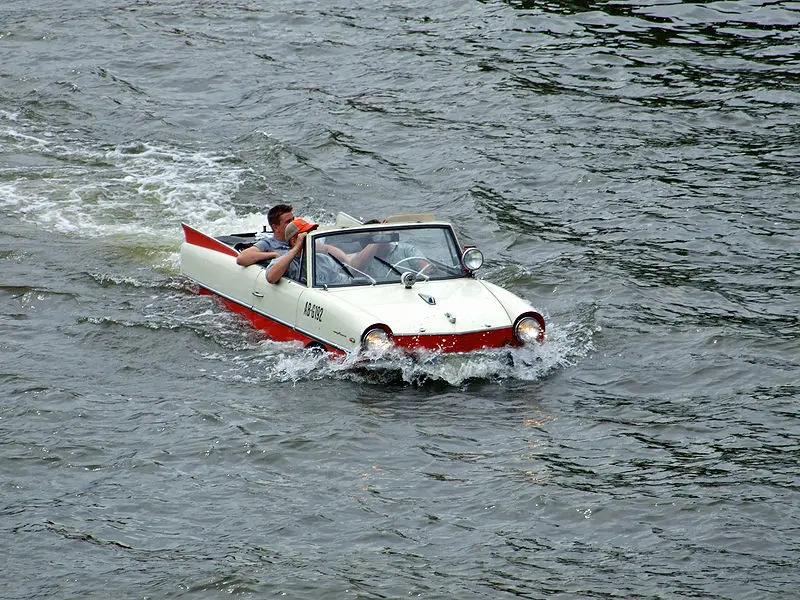
A descendant of Volkswagen Schweimwagen, the Amphicar offered only modest performance compared to most contemporary boats or cars, had distinctive navigation lights and a US Coast Guard-assigned flag, and after running in the water required 13 point lubrication.
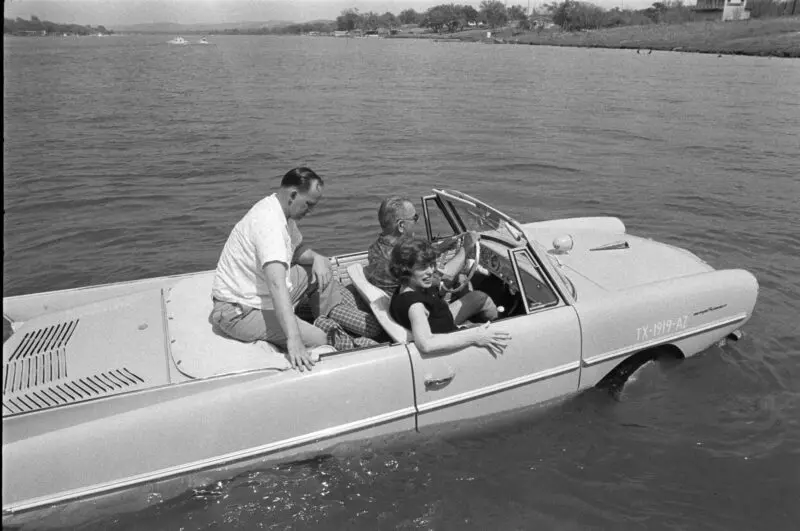
The car was equipped with a standard engine (69 inches) from the British company Triumph Herald 1200. With a power of 43 hp (32 kW) at 4750 rpm, several engines have been tested in prototypes, enjoy a combination of performance, weight, great operation and reliability. Updated versions of this engine remained in production until 1980. The Amphicar achieved speeds of up to 7 knots in the water, and 70 mph (110 km/h) on land.
Mercedes Benz F 015
The Mercedes-Benz F 015 luxury car is a quantum leap in the world of high-end luxury cars, as it operates on fuel cells that operate without a driver, and can also be driven manually, and has a cabin that is similar to a luxurious home “living room”. The Mercedes-Benz F 015 is expected to They invade the market in 2025, and the computer will control its entire work, without any intervention from its driver.

Its four self-propelled seats can be rotated to face each other, and it is equipped with 6 digital display screens that touch, gestures or follow the eyes, distributed on the cabin to communicate with the outside world. If you are tired of self-driving, you can go back to the era of manual driving.
The exterior structure of the Mercedes-Benz F 015 reflects the nature of the future car, as it communicates with its surroundings visually and acoustically, through precise sensors, and the car knows how to respond, turn, accelerate and decelerate, and everything related to practicing safe driving and protecting the driver and passengers.
1958 GM Firebird III
And when it came to futuristic concepts of the 1950s, such as General Motors’ Firebird concept series, design was as important as technical breakthroughs under the skin, even if inspiration relied almost exclusively on aviation themes. Introduced in the 1950s at GM Motoramas, these concepts used aircraft-age design themes in an almost unrestricted fashion, and aside from jet-age design elements, there was a practical purpose behind these concepts.
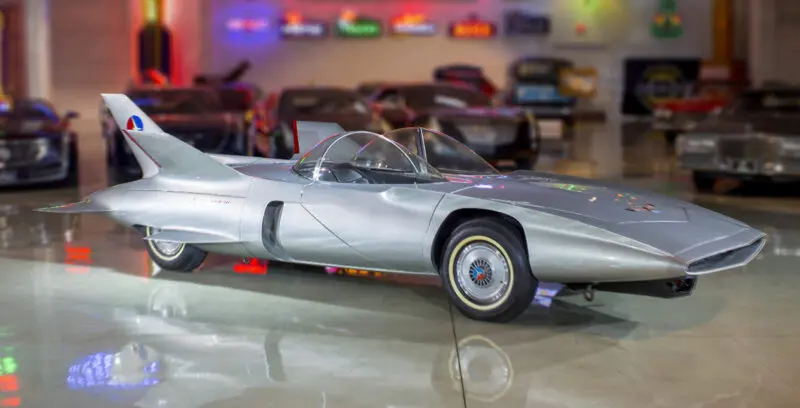
The Firebird III, which debuted in 1958, tested the feasibility of using gas turbine engines in passenger cars, marking the culmination of two earlier efforts that explored the advantages (and disadvantages) of this powertrain.
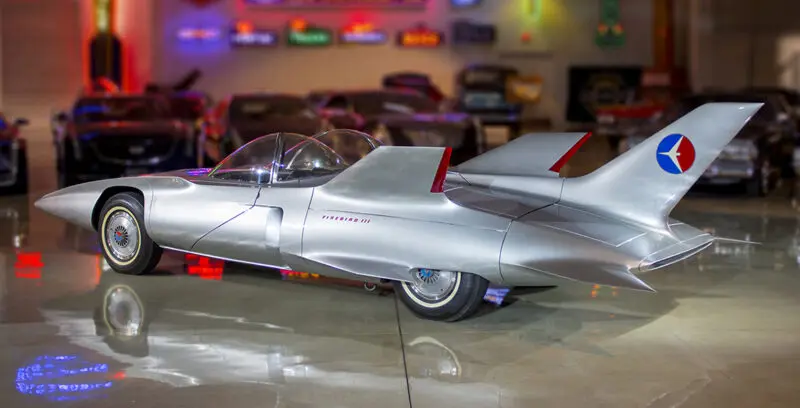
The Firebird I was a jet-powered concept and prototype that explored the high-speed capabilities of a powertrain, a GM executive was seriously injured in a prototype crash, and the Firebird II concept, which debuted in 1956, retained the aircraft-like shape but reduced Of high-speed ambitions, the Firebird II was equipped with sensors that allowed it to automatically follow a series of planted wires down the road, billed as the “highway of the future”.
Boaterhome Half Boat Half Car
The ’80s were filled with a lot of weird stuff, all totally crazy, and full of crazy car ideas, and one of those ideas came from Ford, and it was called the Boaterhome, or Ford Boaterhome, and it’s basically a truck cut in half, and described as a boat that fits in the hollow hull of the truck, and it was Only 21 cars were manufactured, and it was likely that they were very expensive, and there is a copy of it currently in Las Vegas, and he uses it as a kind of wild party trip, and he inherited it from his family, and he also bought another copy for only $ 11,000 and he plans to renovate it to be more wonderful than the current portable party boat.
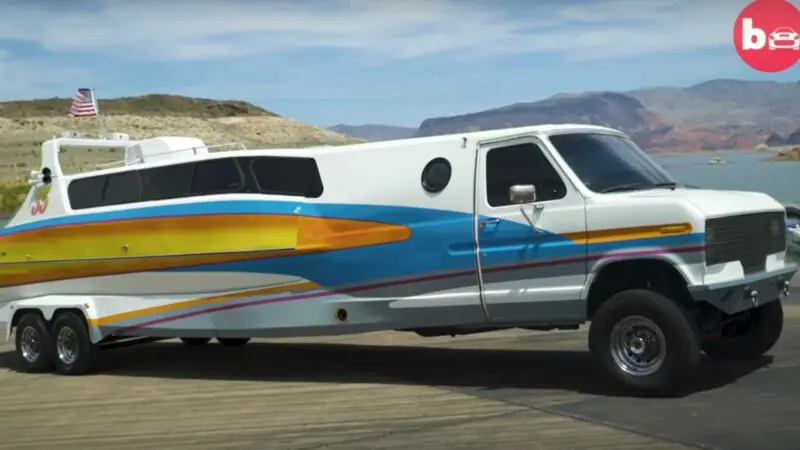
Everything inside the boat part of a car is basically the same thing you’d find in a recreational vehicle. Putting the boat in the water is simple: just go back up the ramp so the rear wheels are fully submerged, then release the boat to slide down into the water.
Also, recovering the boat is the same process in reverse, but with the extra step of attaching the tow line to the bow of the boat.
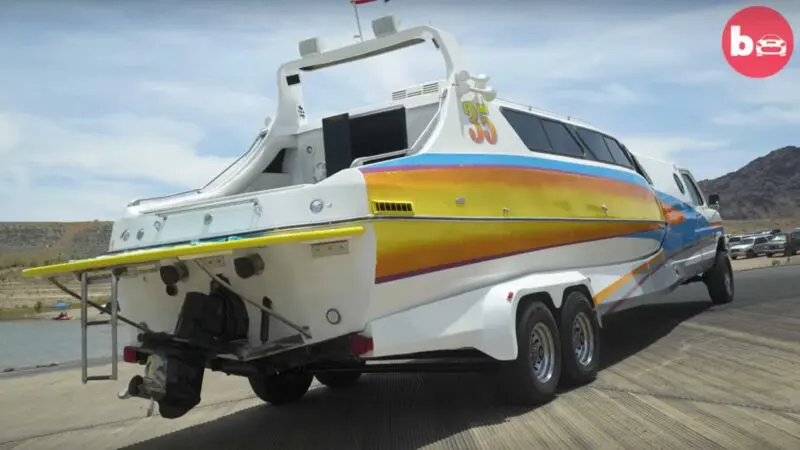
Inside, you have the usual amenities like a fridge, kitchen table, bathroom, foldable beds that convert into daytime sofas and even a captain’s chair, and in turn when you’re at the helm, you have All the functions of any boat, including some underwater lighting, a retractable ladder in the pool, fog and screeching sound.
The $5 Million Learjet Limo
We’ve certainly heard of cars powered by different types of aircraft engines, but we’ve never heard of fuselages powered by a car engine. But, that’s exactly what happened with the Learjet Limo, a fully functional legal limousine built around an actual Learjet fuselage.
The company behind it spent “more than a million dollars” to get it to what it is today. It required a lot of handcrafted panels to be built, especially on the inside where everything is curved. This car seats eight people, and above them are luminous plexiglass panels on the roof. To enhance the feel of an airplane, it’s also fitted with a large TV, plenty of speakers, a floor of LED infinity lights and plenty of soft lighting.
Mechanically, the project is based on a pickup truck, which runs like any normal car, weighs more than 5 tons, with a claimed top speed of 100 mph / 160 km / h. It’s a really well-made car, but it’s a party car, and I don’t think it’s going to be very popular, mainly based on how much it costs. In addition, some people may not like the car, and although it is a fast car, it is not tested, does not transport people and is brought somewhere just to look inside.
Upside Down
Built by mechanic Rick Sullivan, Sullivan bravely put the Ford F-150 Deck upside down over a full 1991 Ford Ranger, then assembled it together. hard, but its owner says he will never sell it.
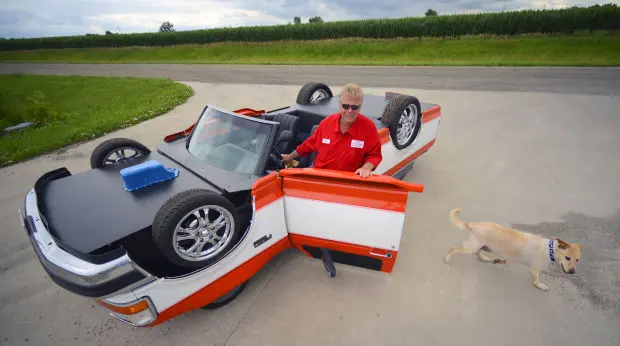
He says the idea came to him when he was called to haul an upside-down truck over a Ford F-150, and with the help of two co-workers, he spent six months and $6,000 building the tow truck from two separate vehicle parts. The road legal vehicle was built from a 1991 Ford Ranger pickup truck and a 1995 Ford F-150, and turned it upside down.
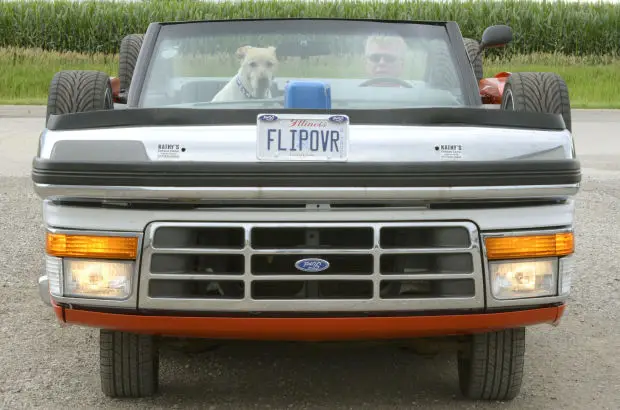
“People are amazed,” he said. “It’s one of those things when you first see it, it’s hard to recognize but when you take a second look, they want to lure me in and take a good look at it.”
Bisem Hot Tub Cadillac
Two curious and cunning Canadians have turned a classic 1969 Cadillac Deville into the world’s fastest hot tub, an exotic gadget they dubbed the Carpool Deville. And they seek to be recorded in the Guinness Book of Records. It suffices to mention to you that Jay Leno, the famous broadcaster on CNBC, went to the desert asking about air conditioning there and was surprised by the car, so he took off his clothes and got on it.
After 15 years of planning, Carpool DeVille is finally ready, and the rear-wheel drive Caddy is powered by a 7.7-liter V8 that helps keep the water in the pool at 38 degrees, yes the pool is fully driveable and has a fully functional hot tub With water jets inside.
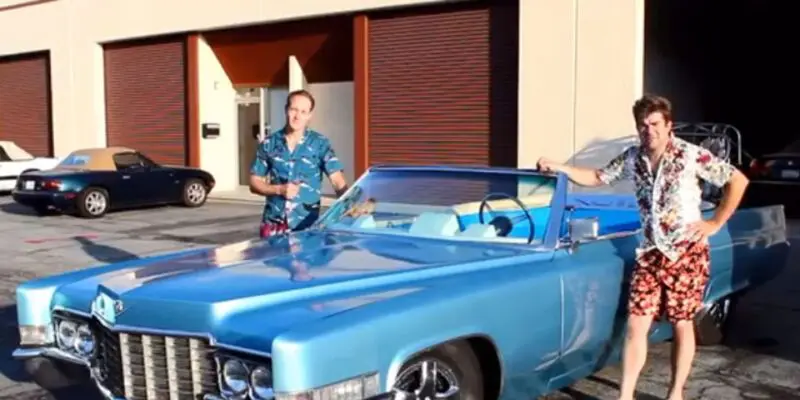
They turned a Cadillac into a swimming pool that famous broadcaster Jay Leno rode inThe team, made up of engineers who graduated from McMaster University in Hamilton, are trying to raise enough money to move it into the world record for the fastest hot tub in the world. They collected only $4,736 of the $10,000 they needed to get the boat car to Utah.
The Extreme Super Truck
The Extreme Super Truck is a custom built Ford F650 Pickups modified by the Ford Super Truck and XUV distributor. In addition to custom built Navistar International, Freightliner, Chevrolet and GMC Super Trucks 5 and 6.
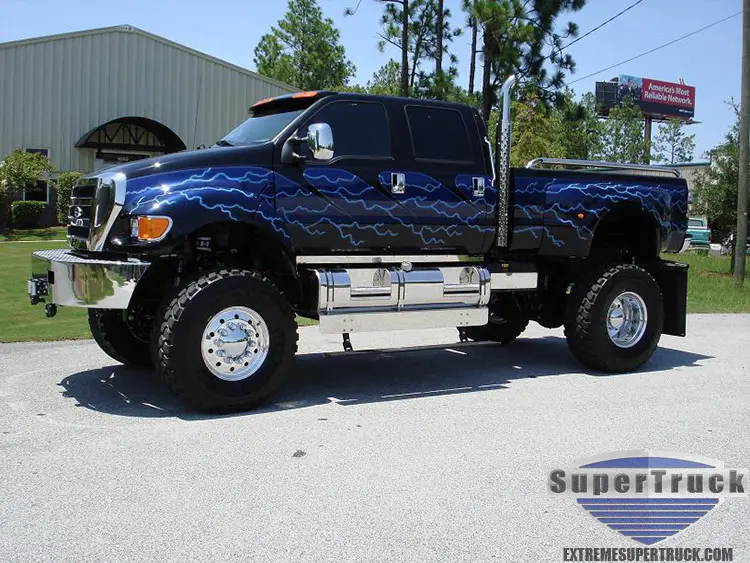
There are three classes of the insane supercar, the strangest of which is a high-end 6-door version, which is essentially a custom-made Ford F-450 6-door SUV, all of which are distributed to their own dealers, third parties and also online.
Their activity began in 2006, the company’s trucks appeared in world-famous car magazines, the price of the basic package starts at $ 120,645 per car. increases in the case of additions.
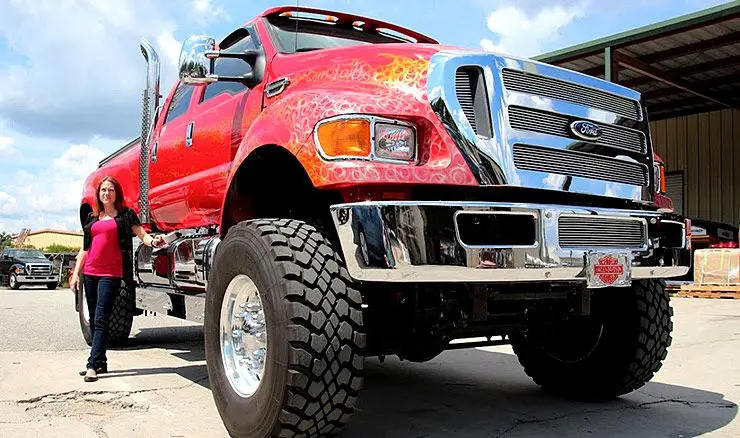
Additional options add up to the total price, and the Extreme Package includes the following options, a 6.7-liter V8 turbo diesel engine that produces 330 horsepower and 725 pound-feet of torque, a Ford Turquoise 6-speed automatic transmission, hydraulic or brake brakes Aerodynamic package, XLT transfer pickup package, 22.5-inch polished aluminum wheels, Lynx bed, full sail mirrors, hubs with control, plus Aux air link. Stainless steel fuel tank, leather and electric seats, heated|, convertible bed, cigar and floor mats, triple train horn.
SPORTS CAR SUBMARINE
The first appearance of this submarine car was in the James Bond movie, The Spy Who Loved Me. Where James Bond drove his Lotus underwater like a submarine. And it was just an animation in the movie. But this cool sports car is real, a lotus converts to a simple submarine, and it costs two million dollars, and of course it is not a hermetically sealed capsule like the giant military submarine. But it has two built-in diving air tanks and allows two people to dive and stay underwater for up to an hour. But you can breathe using scuba gear. And now, you can’t just sit there. It’s time to drive.
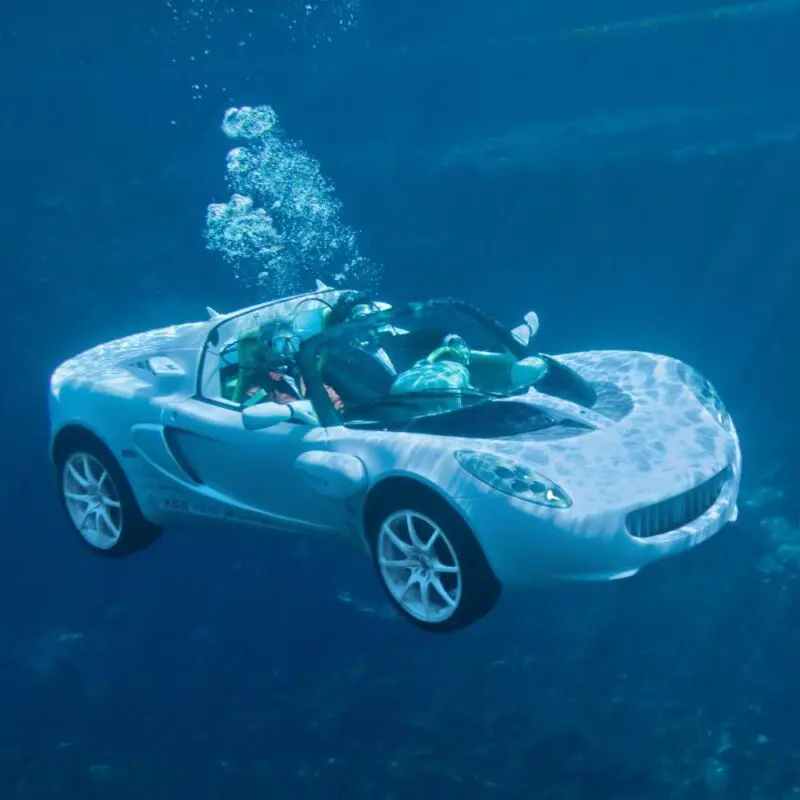
The sports car submarine is powered by a 54-kilowatt electric motor with a torque of 160 Nm, and is powered by six 48-volt lithium-ion batteries.
It has a top speed of 120 km/h and accelerates from 0-100 km/h in 7.1 seconds. In addition to generating some serious sea horse power, the electric motor means zero emissions.
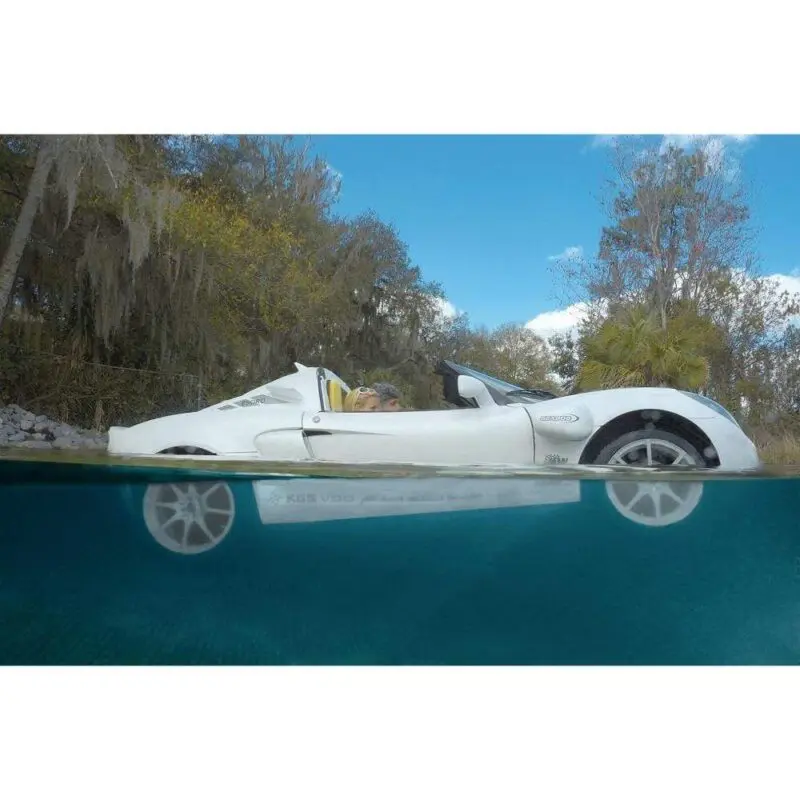
The submarine vehicle is revolutionary, and it can swim like a fish to a depth of 10 metres. It has propellers in the back to provide thrust, with jets in the front to provide direction and lift. It is a real submarine. Moreover, the laser-guided sensor on the board enables it to sail independently, like a shark. It works just as well underwater as it does on land.
Ecto-1
The Ectomobile, or Ecto-1, is a 1959 Cadillac Miller-Meteor Futura duplex converted into an ambulance, used in the 1984 film Ghostbusters and other novels, most recently the modernized version of the 2016 Ghostbusters movie. The original design of the car was created by Stephen Daine, and in the original movie, Santis pays $4,800 for the Cadillac, fixing the brakes, lining, steering box, transmission, and rear end.
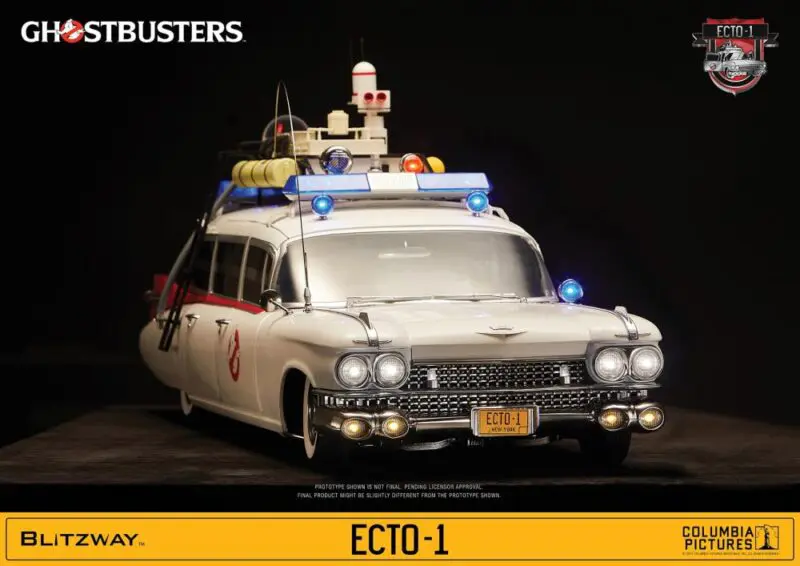
After the necessary rebuilding, it is used to transport ghost hunters and their equipment to capture ghosts across New York City. Its features include a special pull-out rack that uses the old ambulance stretcher in the back that holds the proton beams. And many gadgets installed on top, whose function is never revealed in the movies.
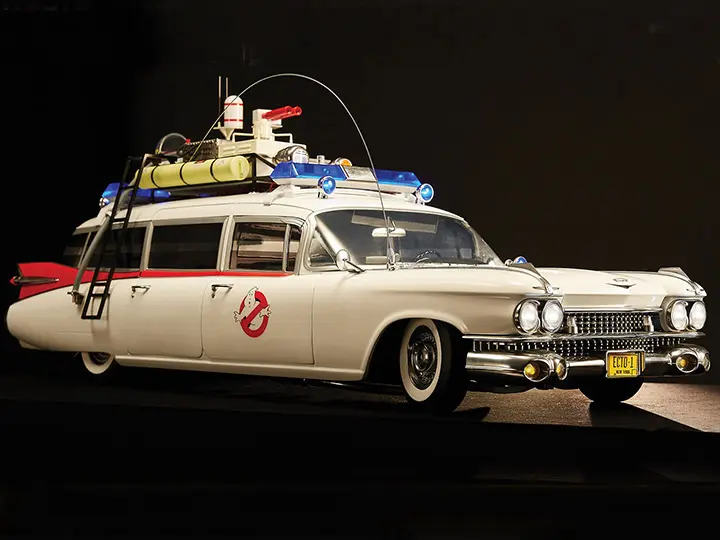
A miniature replica of the car was mass-produced as a children’s toy. Polar Lights released a 1/24 scale model kit of the Ecto-1 in 2002. In 2010, Hot Wheels released the “Ghostbusters Ecto-1” as part of the “2010 Hot Wheels Premiere” series.
Trucktopus
He began a 20-year journey to transform a 1989 Isuzu pickup truck into something different. Francis bought the truck, with its four-cylinder engine, and made modifications to it that eventually reduced and lengthened it, so that it appears as distinguished as it is today.
Little about the modified truck bears any resemblance to its humble origins. A 3-inch body drop, and suicide doors, give Trucktopus its unique look.
Under the hood is a V8 engine and transmission from a 1978 Chevy truck. The side mirrors are taken from a motorcycle to give the truck an elegant look.
The truck’s extra length, with a total length of 21 feet, means there’s plenty of room for a few accessories. The stretchy bed, which sits atop three pivots and six frames, houses two 32-inch flat-screen TVs.
Two tonneau covers hide them. Inside, the minimalist look continues with huge loudspeakers that dot the rear cabin space and among the occupants.
The truck isn’t going to tickle everyone’s imagination — and it’s not supposed to. But Francis’ work seems to have paid off.
He has received numerous awards and accolades for the truck, which has changed over the years with the different paint schemes. When he leads it, he sticks his thumb up and waves and stares, finally standing out from the crowd.
Source: auto.mallaky.com





